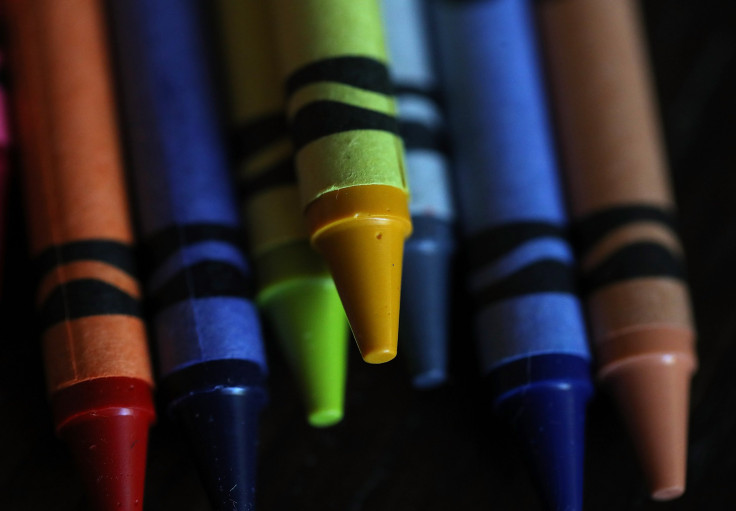Why Adult Coloring Books Can Be Great For Mental, Emotional Health

Till some years ago, coloring used to be an exciting activity for children and sometimes for adults who would babysit them. However, the scenario seems to have changed drastically in the past few years and the coloring books are no longer published only for kids.
While the first commercially successful adult coloring books were published in 2012 and 2013, the activity that began as a niche hobby among adults has started a new trend worldwide, and these books are now being increasingly found in the bestsellers' lists around the world.
Researchers at the Johns Hopkins University to the editors of Yoga Journal have recently suggested coloring as an alternative to meditation as the books are not only a great pass time, but are also therapeutic.
The idea of prescribing adult coloring books to people dates back to the time of the late Swiss psychiatrist and psychoanalyst Carl Jung. He was said to be always ahead of his time and thus used these books thinking it would help his patients have access to their subconscious mind and gather new self-knowledge.
Many psychologists who suggest the use of coloring books to their patients as an alternative to meditation are of the view that it's a calming tool and a means of relaxation. They feel it can help an individual to focus on the act of coloring intricate designs and pictures for hours, and it keeps them away from focusing on intrusive and troubling thoughts, according to the Huffington Post.
Art therapy is increasingly being considered a mental health profession, in which the procedure of making and creating artwork is used to "improve cognitive and sensory-motor functions, foster self-esteem, and self-awareness, cultivate emotional resilience, promote insight, enhance social skills, reduce and resolve conflicts and distress, and advance societal and ecological change," according to the American Art Therapy Association.
But some experts are of the view that coloring is not art therapy. "Coloring itself cannot be called art therapy because art therapy relies on the relationship between the client and the therapist," Marygrace Berberian, a certified art therapist and the Clinical Assistant Professor and Program Coordinator for the Graduate Art Therapy Program at NYU told CNN.
Coloring and related activities can help the individuals who suffer from anxiety and stress issues to a large extent, as these activities are said to calm down our amygdala — the part of our brain that is responsible for controlling our fight or flight response, and thus keeps individuals in a heightened state of worry, panic, and hyper-vigilance, when it is in an active state.
Focusing on the therapeutic pass time can actually turn that response down, and relax the brain. This activity can even make you more productive. "Coloring definitely has therapeutic potential to reduce anxiety, create focus or bring [about] more mindfulness," Berberian said.
If you want to start coloring soon, then ColoringBooks.net suggests adults should not choose crayons but go straight for the colored pencils. These coloring books are a ticket to those who want just a hobby to relax and chill out. As Berberian told CNN, "I truly believe that people should be engaging in activities that make them feel restored."
© Copyright IBTimes 2025. All rights reserved.






















